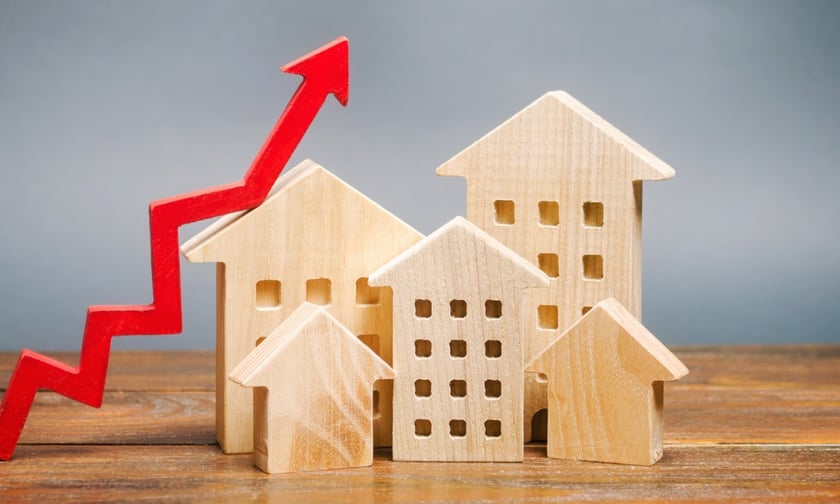

Homeowners across New Zealand are set to experience substantial rate increases, adding financial pressure amid rising interest rates, higher food prices, and escalating insurance premiums. These hikes in annual council bills come alongside tax cuts that take effect on July 1.
The increases follow extensive consultations on long-term plans that outline the financial strategies of various regions for the next decade. These plans dictate council spending priorities and determine how much residents will pay through their rates.
A recent report by LDR, a local democracy journalism effort co-funded by RNZ and NZ On Air, revealed that Wellington residents face an estimated 18% increase, which includes a new sludge levy. Hamilton is looking at a 16.5% hike, while Auckland households will see a more modest average rise of 6.8%.
The West Coast Regional Council is proposing one of the largest increases at 27%, impacting a smaller pool of ratepayers. Hastings District Council is considering a 25% rise, driven by the high costs of repairing infrastructure damaged by Cyclone Gabrielle, with road network repairs alone projected to exceed $795 million.
Other regions facing significant increases include Napier, Gore, Clutha, Buller, and Central Hawke’s Bay, where rises are expected to range between 19% and 24%. Some councils, such as Canterbury’s regional council, have moderated their proposed increases after public consultations, reducing from 24.2% to 17.9%.
Conversely, around 11 councils have proposed rate increases of less than 10%, including Manawatū District Council (7%), Chatham Islands Council (6.65%), and Waikato Regional Council (6%). Nelson City Council’s proposed 8.2% increase could reach 15% with the addition of a $300 storm recovery fee.
To mitigate the fiscal impact on residents, some councils are scaling back spending on non-essential services, potentially resulting in delayed infrastructure maintenance and deferred new projects.
According to LDR, the primary drivers of these rate increases are inflation, rising interest rates, and higher insurance premiums, which collectively increase the costs for councils to maintain service levels. Construction costs have also risen sharply, with bridges and sewerage systems becoming significantly more expensive to build in recent years.
Ashburton Mayor Neil Brown highlighted the region’s 11.8% rate increase, attributing it to inflation and rising interest rates.
“Inflation is certainly not our friend, interest rates are kicking in, and it’s all biting,” he said, as reported by LDR. “We dropped the frilly stuff and focused on what was needed.”
Local Government New Zealand (LGNZ) president Sam Broughton said the average rate increase is approximately 16%, a significant rise compared to previous years.
LGNZ is advocating for alternative revenue sources for councils, as the current reliance on rates is deemed unsustainable.
“The system has passed its used-by date. We need new tools,” Broughton said, as reported by LDR.
One proposal includes returning the GST charged on rates to local councils, which would cost the government at least $1.1 billion, according to Infometrics analysis.
Local Government Minister Simeon Brown emphasised the need for councils to prioritise essential services and infrastructure, mirroring the central government’s approach.
“Like most New Zealanders, central government is having to prioritise the must-haves over the nice-to-haves. For the government, this means funding essential services and critical infrastructure. I expect local councils to adopt a similar approach,” he said, as reported by LDR.
Many councils are finalising their long-term plans, which will set the rates increases for the coming years. Homeowners will receive their new rate bills once these plans are approved. Some councils have delayed their long-term plans in anticipation of further details on government reforms.
Homeowners struggling to pay their rates can apply for a rates rebate, offering some financial relief for those on low incomes.
The rate rises align with the rising insurance costs in the country, with Stats NZ recently reporting a 24.6% increase in home insurance premiums in the year to March.
